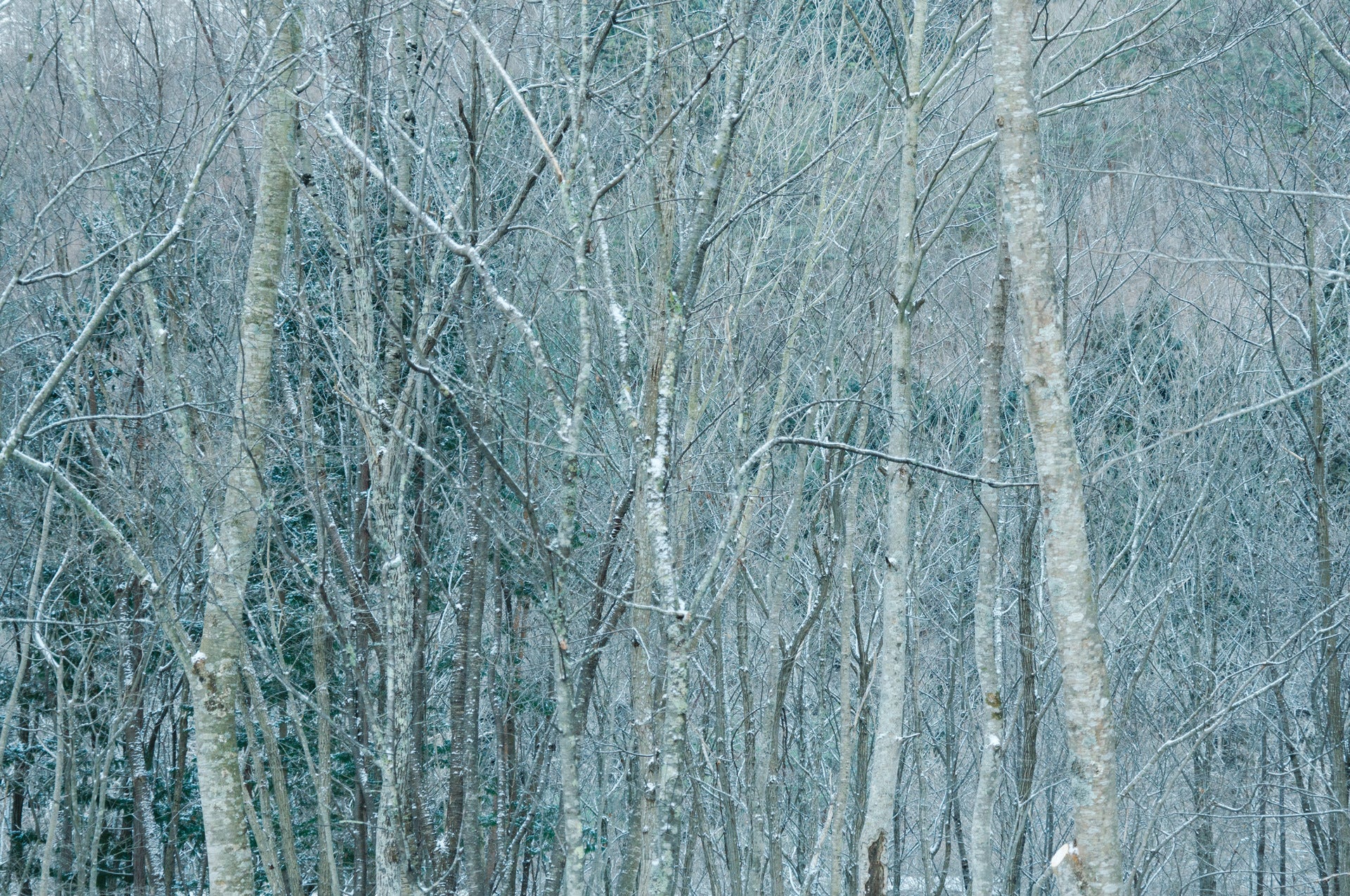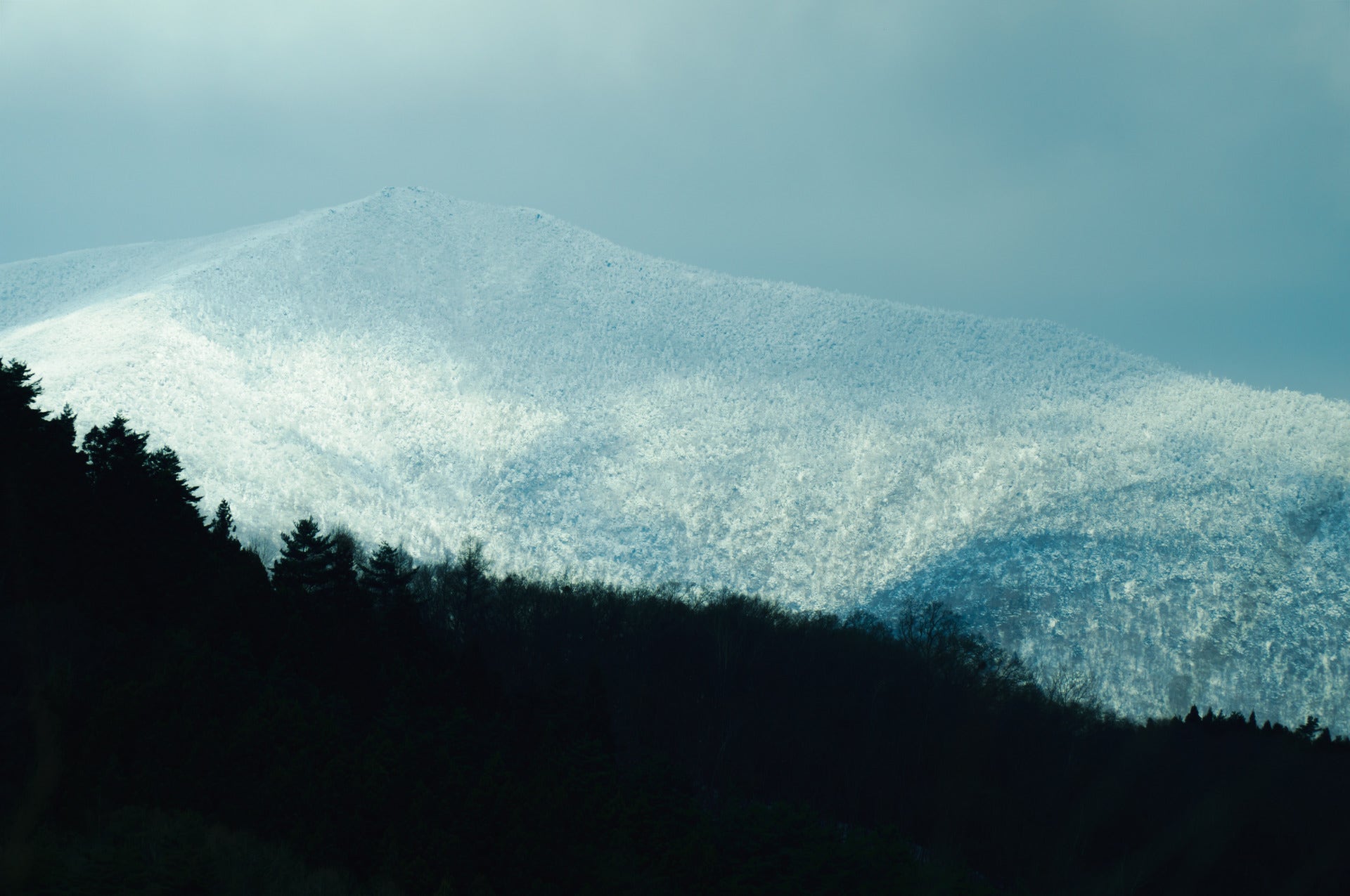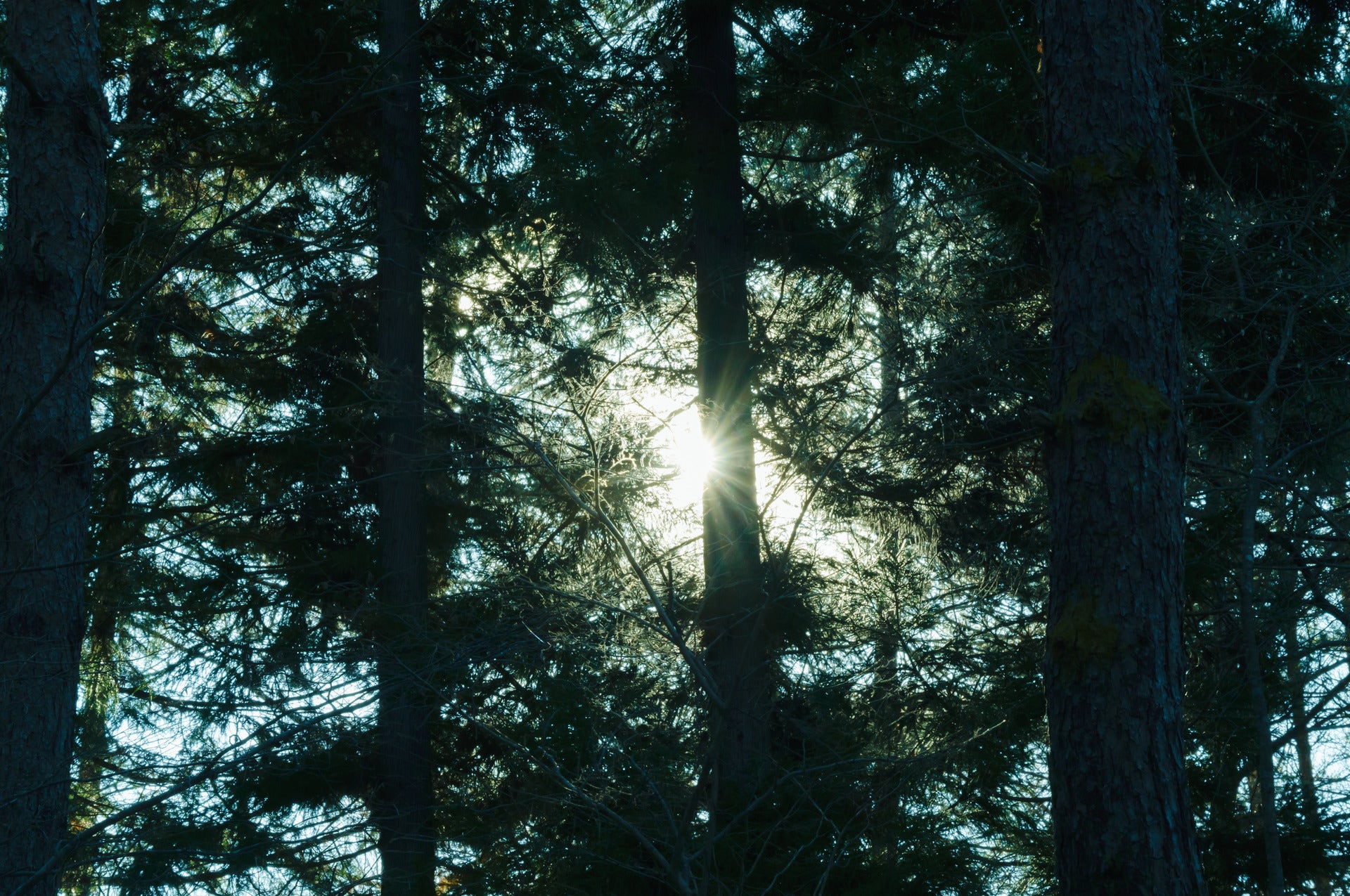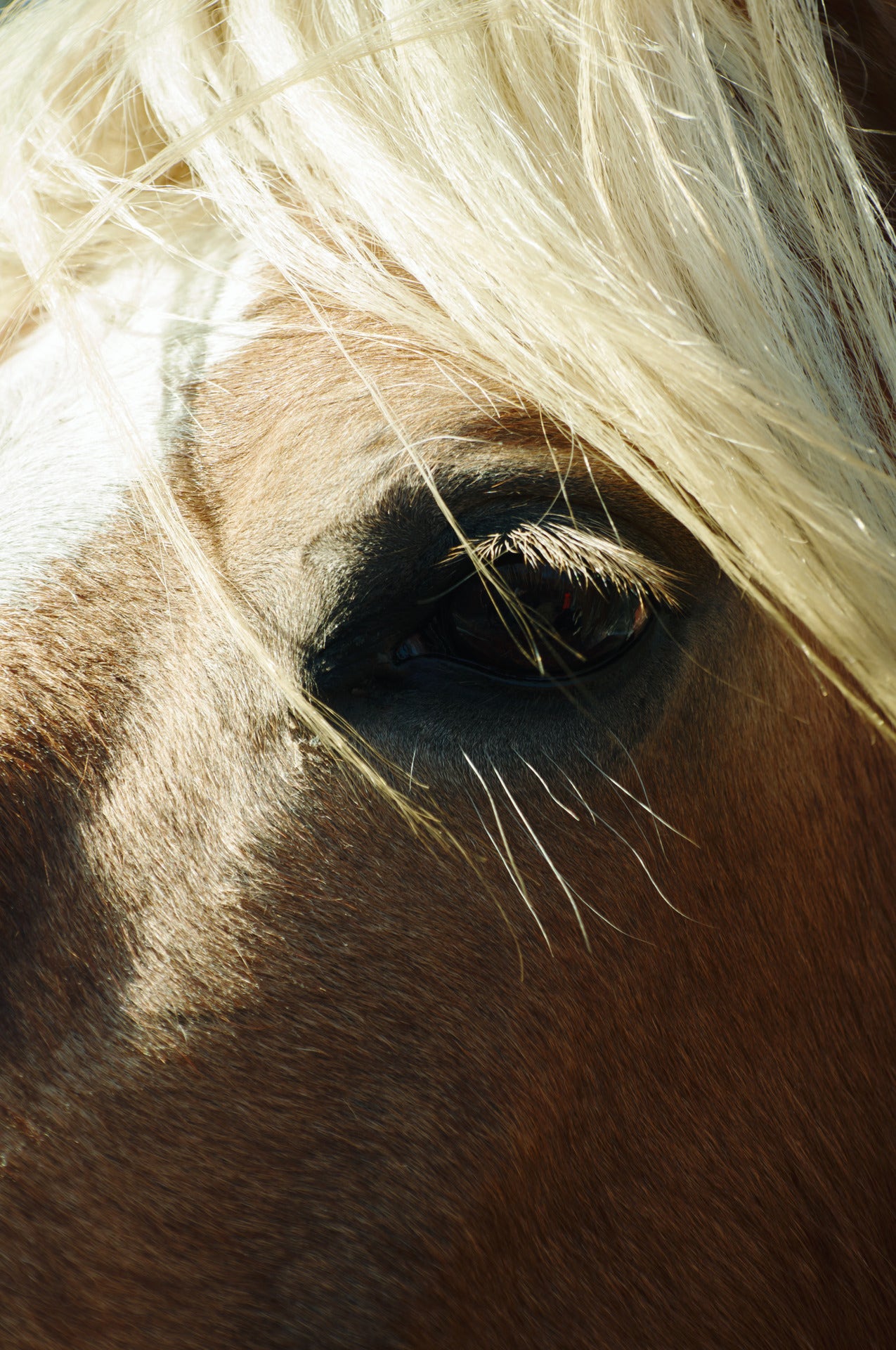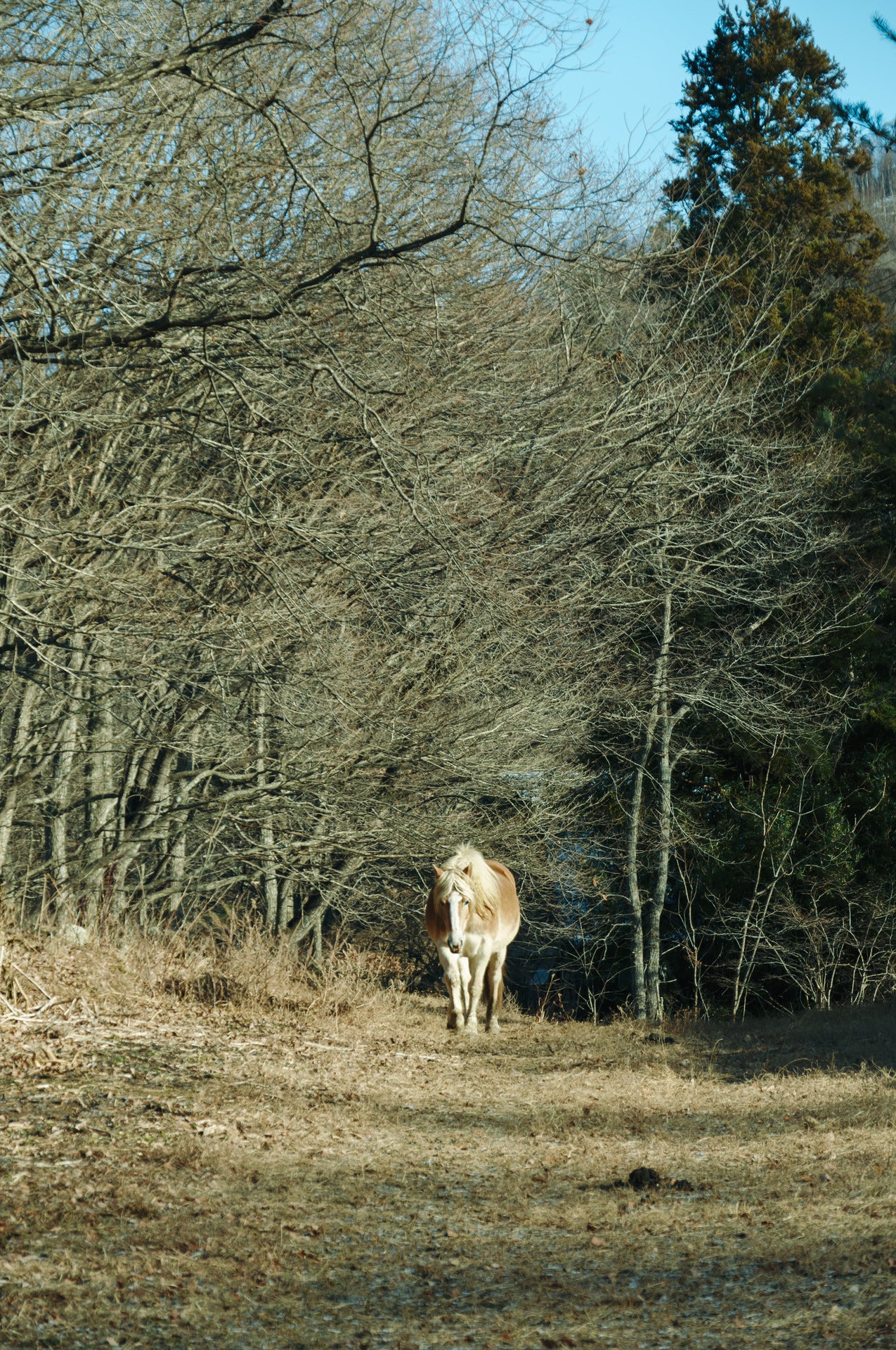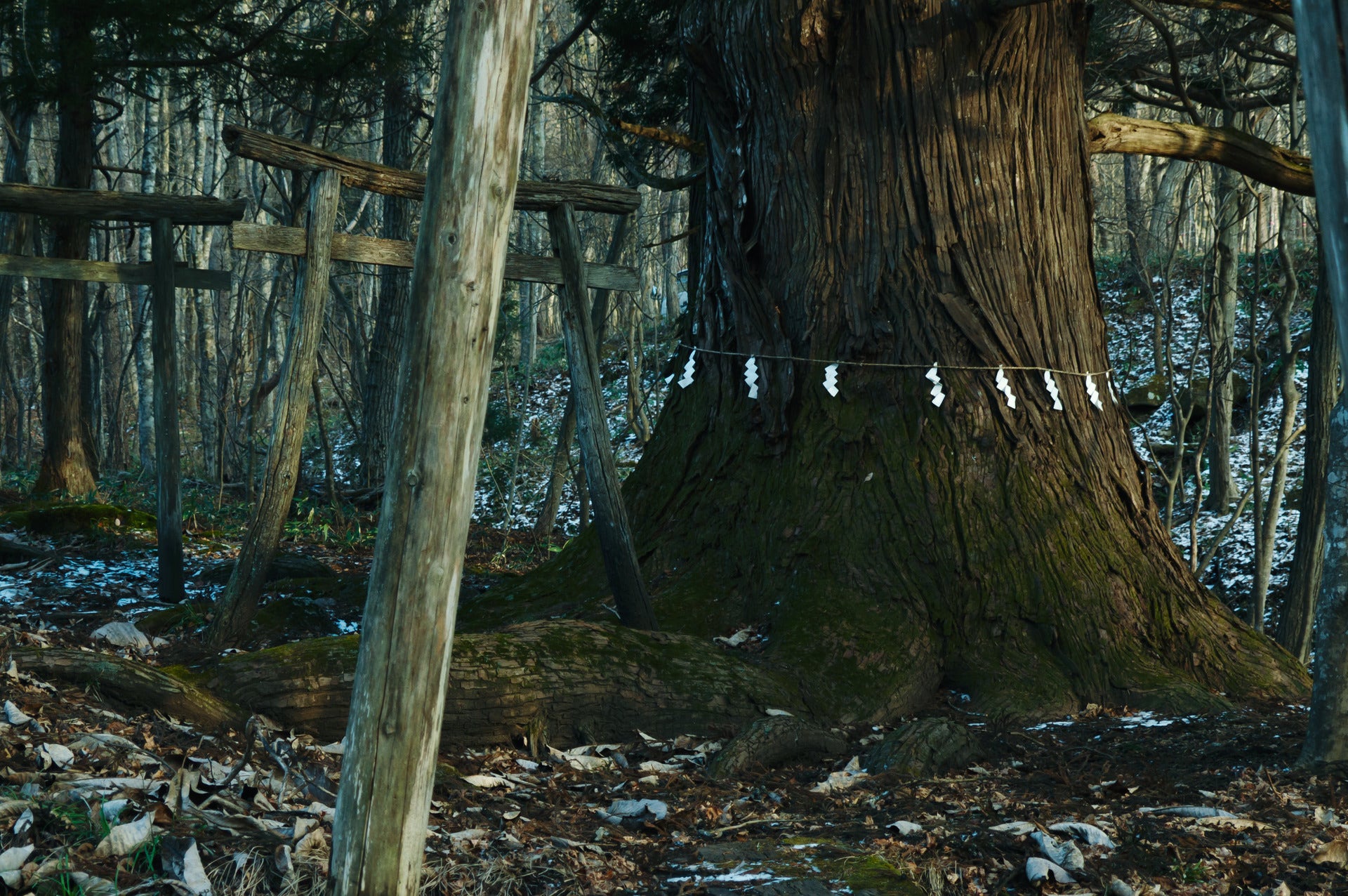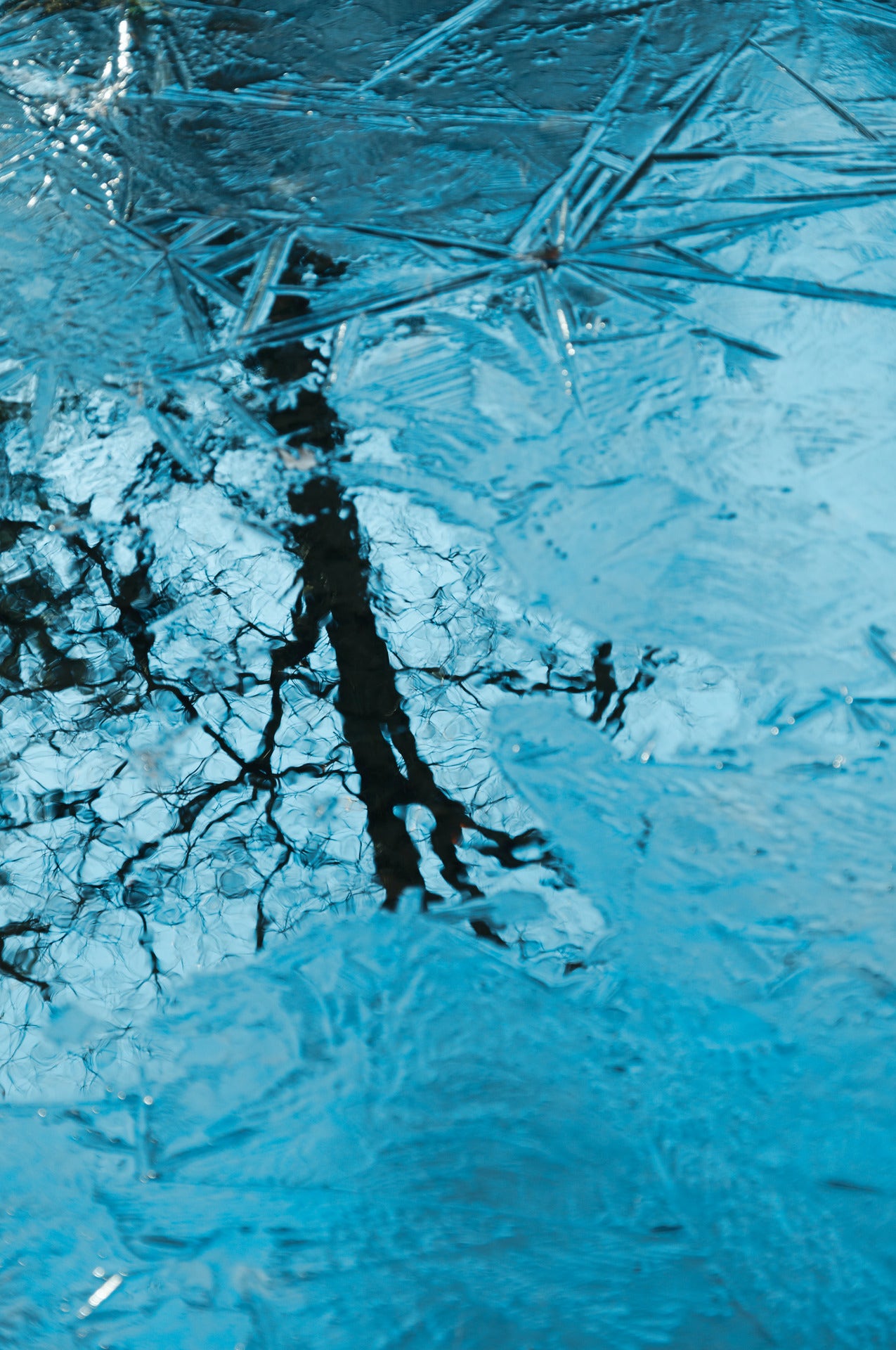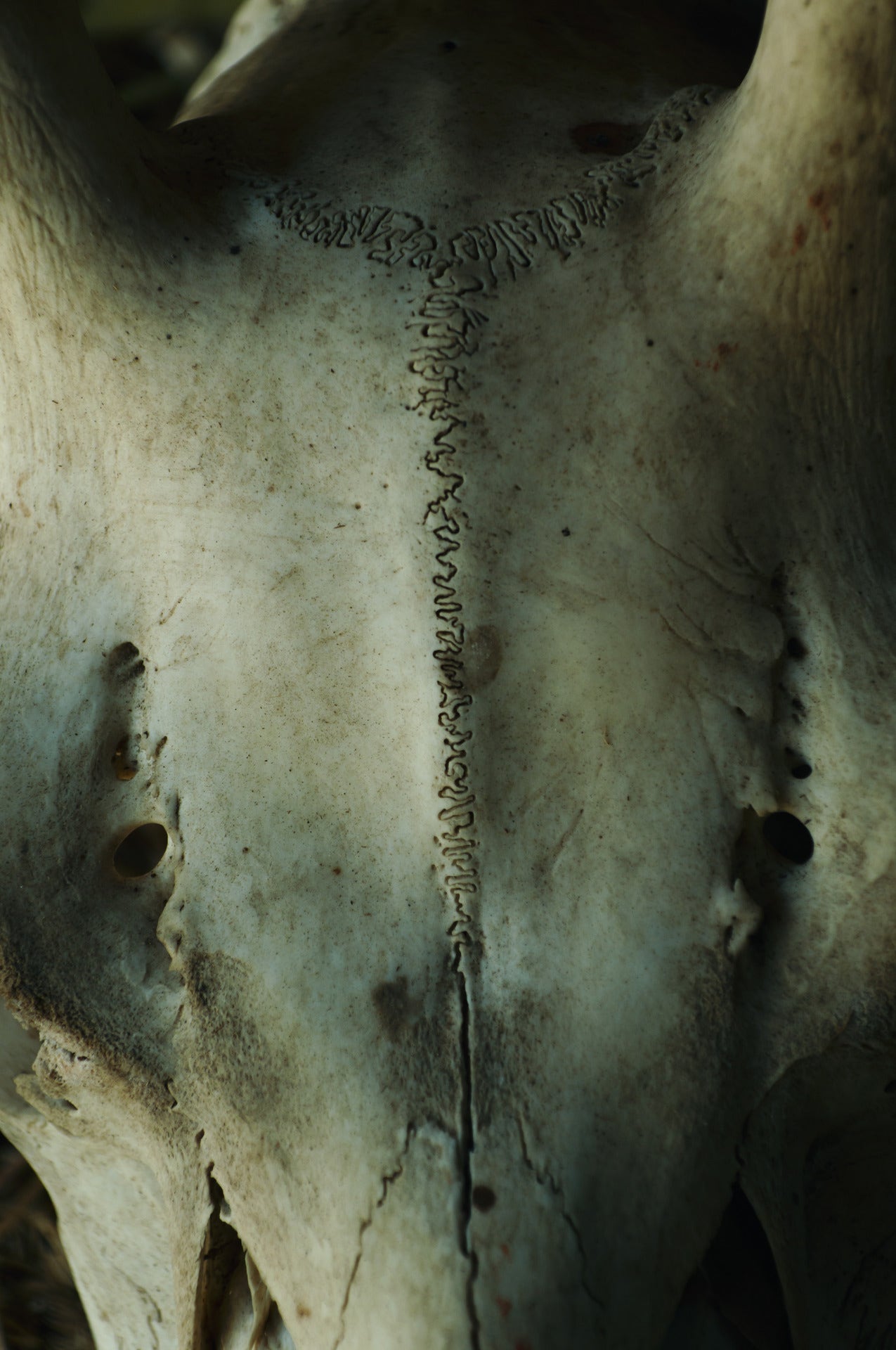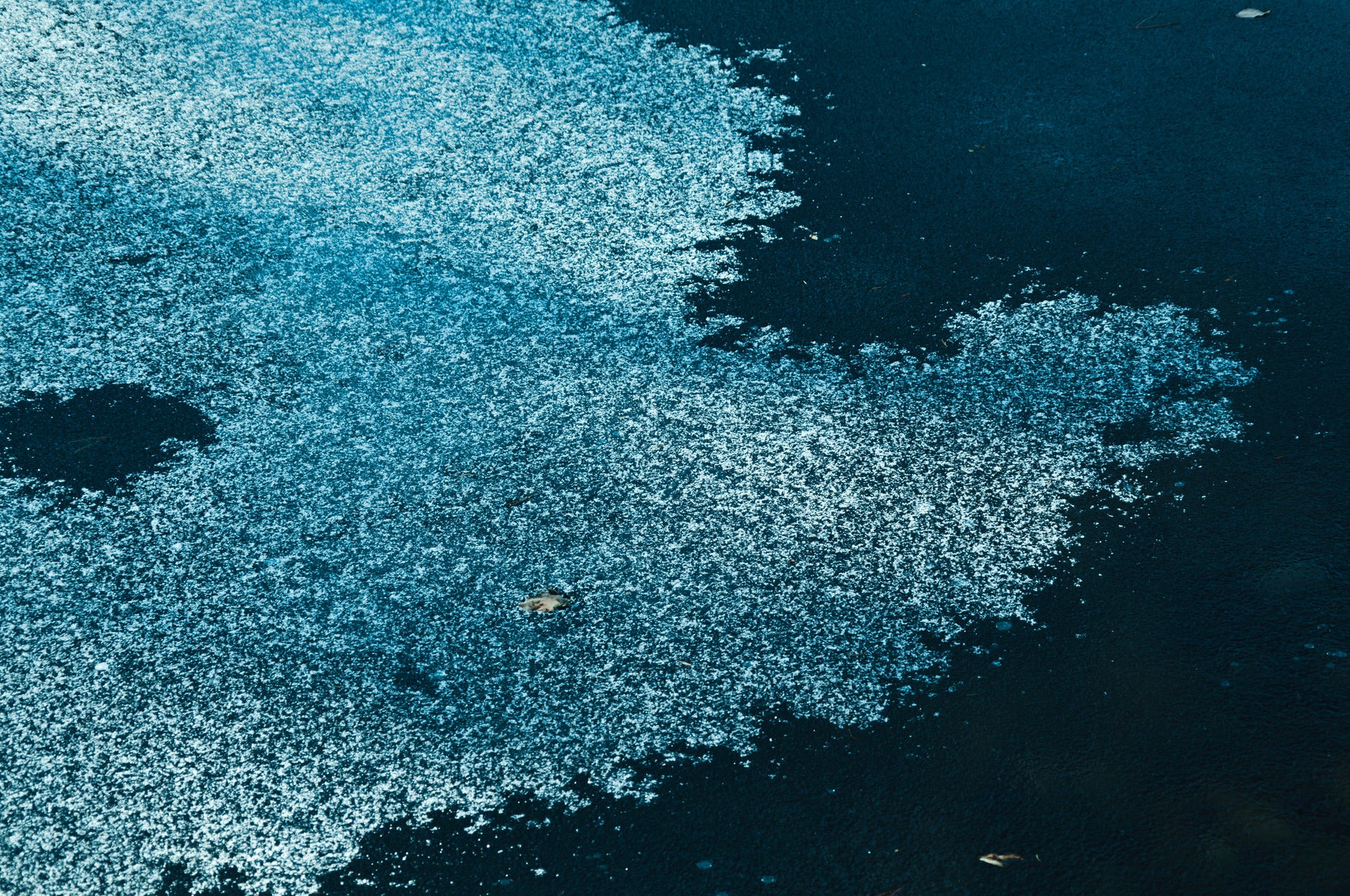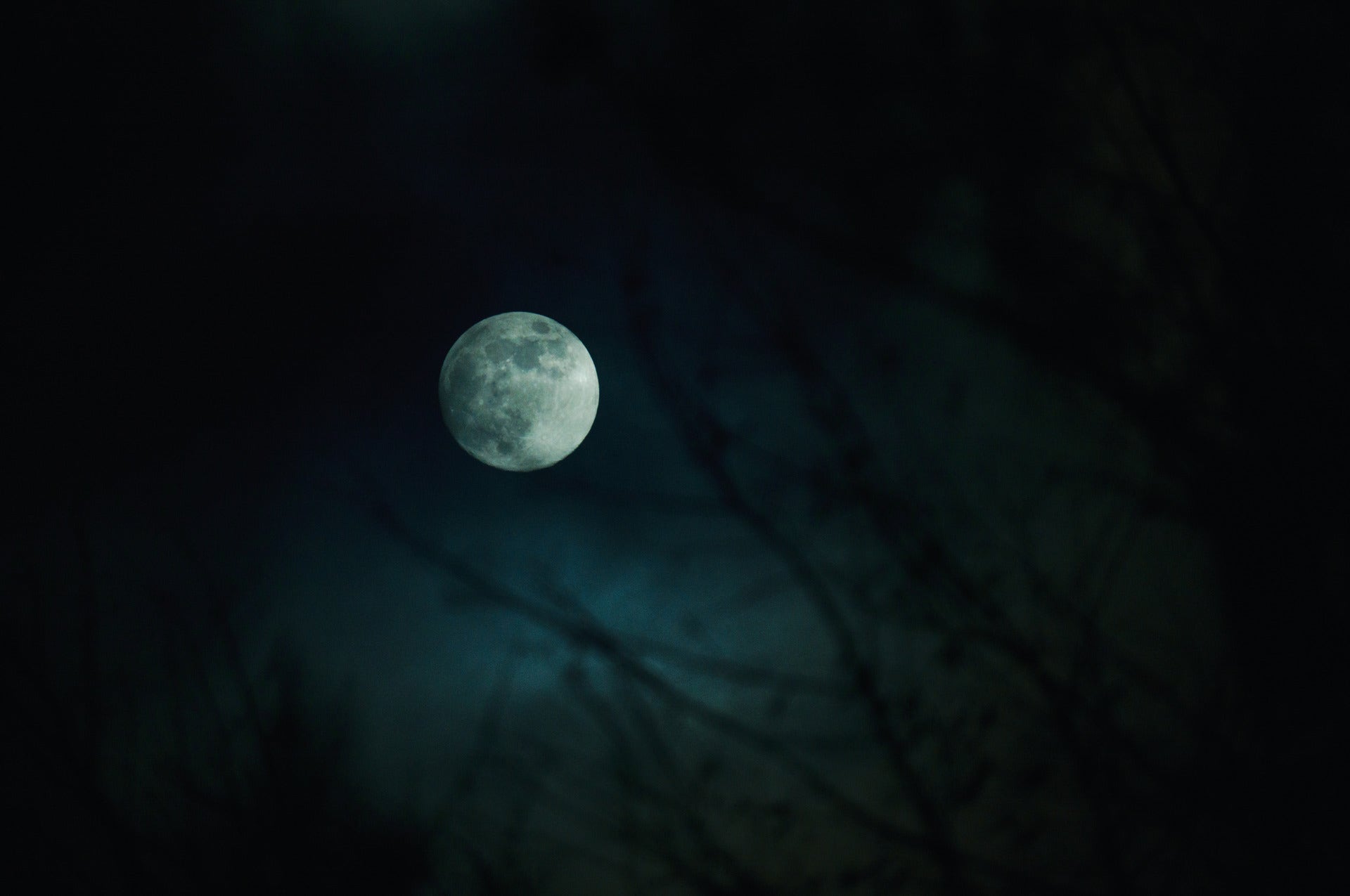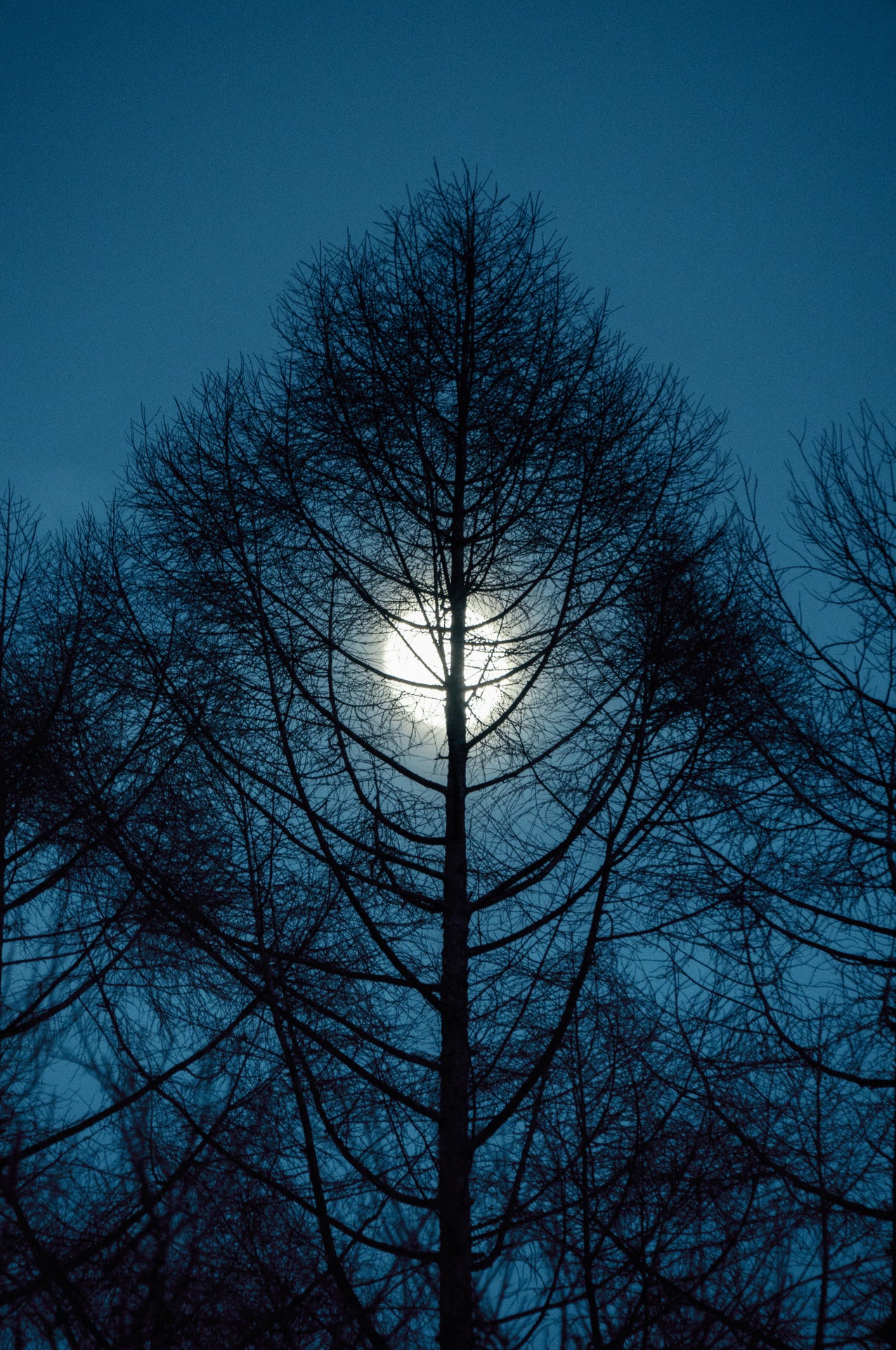THE WARMTH OF TONO'S WINTER FORESTS
Contemporary
16-300mm F3.5-6.3 OS DC DN
by Mina Daimon
The leaves have fallen from the Japanese larch trees, and sunlight pours down on the ground beneath the forests of Tono. With every step I take, I crunch frozen leaves and feel ice needles crack beneath my boots. Snow from a few days ago has melted in the sun and frozen again, forming shapes that resemble sugar candy. When I try to pick them up, they crumble between my fingertips and melt into a soft blanket of moss.
This forest feels familiar. Nostalgic. This is what I came for, I think. I thought I had arrived in Tono by chance, but maybe I was led here.
There is a group of horses living in this forest. Three mares, two stallions. As I bow to greet them, one of them begins to nibble at my hat. A beautiful, strong horse, colored in a shade called obana chestnut, named after Japanese silvergrass. In fact, its long tail, swaying with each step, reminds me of silvergrass waving in the wind.
It does not flinch when I touch it. Although they live here in the forest, they have known human touch since birth. I move my hand to its flank, feeling the warmth of its body through its soft hair. As I stroke along the line of its fur, I notice a vortex-like whorl of hair at the base of its hind legs. I'm told that the shape and position of these whorls are unique to each horse.
I also learn that the smell of horse manure changes with the seasons. When spring comes and the snow melts, the manure becomes part of the surrounding soil, part of the life cycle of the forest.
When we walk through a forest, we make paths for ourselves. The animals of the forest also use these paths. "Look," I hear, "the footprints of a tanuki. Seems like they suddenly changed direction.”
When I moved to the coast ten years ago and learned that there are names for different winds and tides, I gained a new understanding of the ocean. In a similar way, the resolution with which I experience the forest increases with everything I learn. Instead of understanding it on a cerebral level, I come to know the forest by smelling its scents, listening to its sounds, breathing its air, meeting its animals.
Photographing in the forest requires light and compact equipment. Attached to my Sigma fpL camera, I could capture the vastness of the forest, the ridge of Mt. Yakushi-dake in the distance, the moon shining through the empty branches above me, and snowflakes resting on the backs of horses with a single lens.
I spent several days in Tono's forests with no other lens on my camera. For me, the biggest advantage of the lens is that I feel unburdened. It is small, lightweight, covers all focal lengths between 24mm and 450mm, and frees me from the need to change lenses. It is the perfect choice for situations like this trip, when you need something compact yet versatile. Slowly, but with a steady rhythm, I captured the world around me from the exact angles I had envisioned.
Near the end of my time, I tried to get a close-up of one of the horses and suddenly discovered my own reflection in its eyes, reminding me that there is no looking without being looked at. While there was a sense of distance between the horses and me when we met, their eyes seemed to shine with a friendly light on the day I left the forest.
Another thing I learned in the forest was the origin of a Japanese idiom. "To chew on roadside grass," meaning to dawdle without making much progress, comes from the way horses stop from time to time to nibble on grass growing along the road. As long as I have my camera and Sigma 16-300mm F3.5-6.7 DC OS | Contemporary with me, I'm willing to stop and chew roadside grass as much as I want, if it means experiencing previously unknown worlds with my whole body.
ABOUT
MINA DAIMON
Photographer
Mina Daimon is a Japanese photographer. In addition to her artistic and commercial work, she holds educational workshops and writes for various print and online magazines.
Her work has been shown in numerous solo and group exhibitions, including Portugal (2011), Shinbashi (2016), and Hama (2018), which was also published as a photobook (Akaaka, 2018).
She has produced many photographs with the Sigma dp3 Quattro and has previously been featured in Sigma's SEIN magazine and the Sigma dp Photo Gallery.
